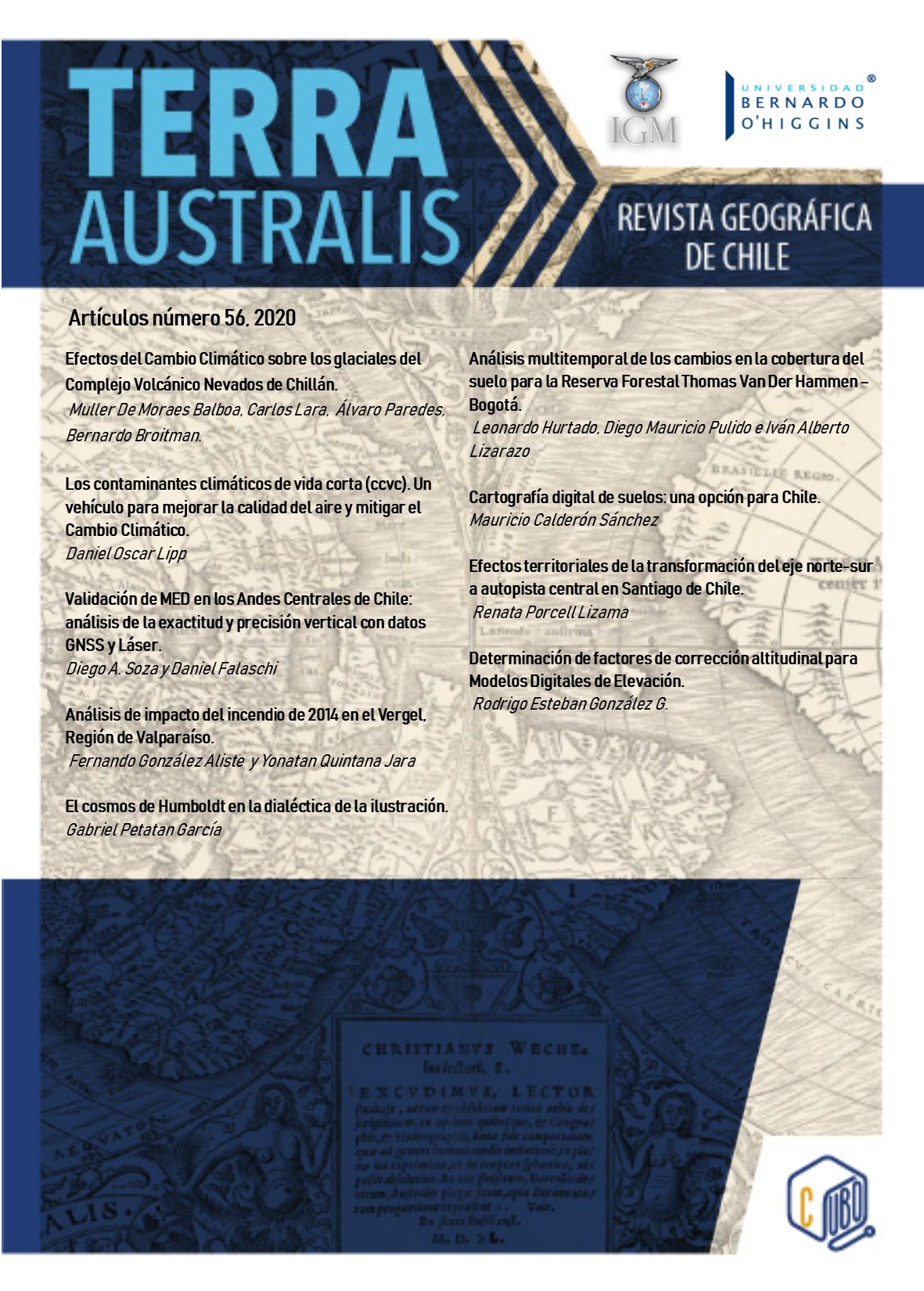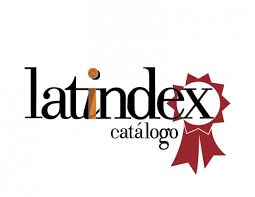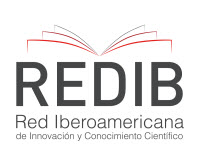Digital Soil Mapping: An option for Chile
DOI:
https://doi.org/10.23854/07199562.2020561.Calderon87Keywords:
digital soil mapping, predictive models, soil-landscape models, spatial variation, soil inference systemsAbstract
The current soil mapping produced by CIREN, covers a part of the current needs of the country related to soils of agricultural and forestry aptitude; at detail scales, however, there is a lack of soil studies and associated mapping related to such particular ecosystems as highland soils, wetland water soils, high mountain soils, soils of remote regions and island territories, both in detail and in thematic recognition and mapping. It is understood that this involves a high cost for field activities, however, digital soil mapping is able to cover a series of aspects related to the extension and spatial distribution of soils as predictive models for the growing demand in ecological and environmental aspects. Through the SCORPAN model, it is possible to generate a cartography that represents soil classes and thematic properties. Pedotransfer functions allow to estimate unknown variables through known soil properties, fitting to regression models. The capture of terrain morphological records together with soil samples that analyze physical, chemical and biological properties allow the use of these records as training data to validate the transfer functions.
This trial seeks to reflect the importance of applying digital soil mapping models in Chile for better resource management.
Downloads
References
Abelbaky, A.; Youssef, M., Naguib, E., Kiwan, M., and E. El Giddawy, (2009). Evaluation of Pedotransfer Functions for Predicting Saturated Hydraulic Conductivity for U.S. Soils. ASABE International Meeting Presentation. Paper N° 097429. Nevada, USA. Pp. 22.
Aguilar-Duarte, Y; Cano-González, A; Ramírez-Silva, J; y Bautista-Zúñiga, F., (2015). Funciones de Pedotransferencia para Estimar Indices de Calidad en Suelos Agrícolas de Zonas Kársticas. Memorias del XL Congreso Nacional de la Ciencia del Suelo 2015. Mexico. Pp. 623-627.
Alex B. McBratney, Budiman Minasny, Stephen R. Cattle, and R. Willem Vervoort. (2002). From pedotransfer functions to soil inference systems. Geoderma, 109. Pp. 41-73.
Coronado, J.G., y H.M., González, (2009). Revista Ciencias Tecnicas Agropecuarias. Vol. 18, N° 3. Pp. 59-62.
Da Silva Gomez, A., de Souza Ferreira, A.C., Machado Pinheiro, E.F., Duarte de Menezes, M., and M. Bacis Ceddia, (2017). The use of Pedotransfer functions and the estimation of carbon stock in the Central Amazon región. Scientia Agricola. Vol. 74, N° 6. Pp. 450-460. https://doi.org/10.1590/1678-992x-2016-0310
FAO. 2017. Carbono Orgánico del Suelo: el potencial oculto. Organización de las Naciones Unidas para la Alimentación y Agricultura. Roma, Italia. Pp. 90.
Hadi Rahimi Lake, Ali Akbarzadeh and Ruhollah Taghizadeh Mehrjardi, (2009). Development of pedo transfer functions (PTFs) to predict soil physico-chemical and hydrological characteristics in southern coastal zones of the Caspian Sea. Journal of Ecology and the Natural Environment Vol. 1(7). Pp. 160-172.
Hartemik, A., Mc Bratney, A.B., and M.de L. Mendoça-Santos, (2008). Digital Soil Mapping with Limited Data. Springer Science + Business Media B.V. Pp. 446.
Ibañez, J.J., (2019). La edafometría y sus vicios ocultos. ¿ Donde estarán los datos ?. Blog de José Manuel Ibañez. Doctor en Ciencias Biológicas. Investigador del Consejo Superior de Investigaciones Científicas-CSIC, de España.
INIA, (2014). Caracterización y propiedades de los suelos de la Patagonia Occidental (Aysen). Instituto de Investigaciones Agropecuarias-INIA. Christian Hepp y Neal Stolpe Editores. Boletín INIA N° 298, Coyahique. Aysén. Pp. 159.
J.C., Watkins, (2016). An Introduction to the Science of Statistic: From Theory to Implementation. Preliminary Edition. Arizona, USA. Pp. 426.
Lagacherie, P., Mc Bratney, A.B., (2007). Spatial soil information systems and spatial soil inference systems: persectives for digital soil mapping. In P. Lagacherie, A.B. Mc Bratney, M. Voltz, (Eds.), Digital Soil Mapping: An Introductory Perspective. Developments in Soil Science, Vol. 3. Elsevier, Amsterdam.
Le, N.D., and J.V. Zidek, (2006). Statistical Analysis of Environmental Space-Time Processes. Chapter Covariances. Springer Series in Statistics. Springer, New York, NY.
Luzio, W., y S. Alcayaga, (1992). Mapa de Asociaciones de Grandes Grupos de Suelos. Mapa de Chile. Revista Agricultura Técnica. N° 52 (4), Pp. 347-353.
Malone , B. (2011). Digital Soil Mapping. Getting Operational. An introductory course of practical exercises for Digital Soil Mapping. Pp. 74.
Mc Bratney, A., M.L. Mendoça-Santos and B. Minasny, (2003). On Digital Soil Mapping. Elsevier Publishing, Geoderma 117. Pp. 3-52. www.elsevier.com/locate/geoderma
Nachtergaele, F.O., (2000). From the Soil Map of the World to the Digital Global Soils and Terrain Database: 1960-2002. Chapter 1. H-5 to H17. In Sumner, M.E. (Ed), (2000). Handbook of Soil Science. CRC Press. Boca de Ratón. Florida, USA.
Nussbaum,M., Ettlin, L., Coltekin, A., Suter, B. and E. Markus, (2011). The relevance of scales in soils maps. Bulletin BGS, 32. Pp. 63-70. https://www.researchgate.net/publication/51986078
Pachepsky, Y. and M.Th. van Genutchten, (2011).
Chapter: Pedotransfer functions. Pp. 556-560. In
Encyclopedia of Earth Sciences Series. Germany.
Pineda, C. y J. Viloria, (1997). Funciones de pedotransferencia para estimar la retención de humedad en suelos de la cuenca del Lago de Valencia. Venesuelos, Vol. 5, N° 1 y 2. Pp. 39-45.
Reyes, E., (2018). Funciones de Pedotransferencia para Determinar la Microporosidad de un Typic Hapludox Sometido a Dos Diferentes Usos. Tesis para optar al título de Ingeniero Agrónomo. Facultad de Ciencias Agropecuarias y Recursos Naturales. Universidad de Los Llanos. Villavicencio, Colombia. Pp. 43.
Soil Science Division Staff. 2017. Soil survey manual. C. Ditzler, K. Scheffe, and H.C. Monger (eds.). USDA Handbook 18. Government Printing Office, Washington, D.C.
Van Looy, K., Bouma, J., Herbst, M., Koestel, J., Minasny, B., Mishra, U., Vereecken, H. (2017). Pedotransfer functions in Earth system science: Challenges and perspectives. Reviews of Geophysics, 55, Pp. 1199–1256. https://doi. org/10.1002/2017RG000581
Zhang, G.L., Feng, L. & Song Xhiao-dong, (2017). Recent progress and future prospect of digital soil mapping: A review. Journal of Integrative Agriculture. Elsevier Publishing. 16 (12). Pp. 2871-2885.
Downloads
Published
How to Cite
Issue
Section
License
Copyright (c) 2020 Mauricio Calderón

This work is licensed under a Creative Commons Attribution 4.0 International License.
Copyright notice:
Revista Geográfica de Chile Terra Australis retains the economic rights (copyright) of the works published in the Revista Geográfica de Chile Terra Australis. The reuse of the content is allowed under a license:
CC BY
Recognition

This license allows others to distribute, remix, tweak and build upon your work, even for commercial purposes, as long as you are acknowledged as the author of the original creation. This is the most helpful license offered. It is recommended for maximum dissemination and use of the materials subject to the license.







